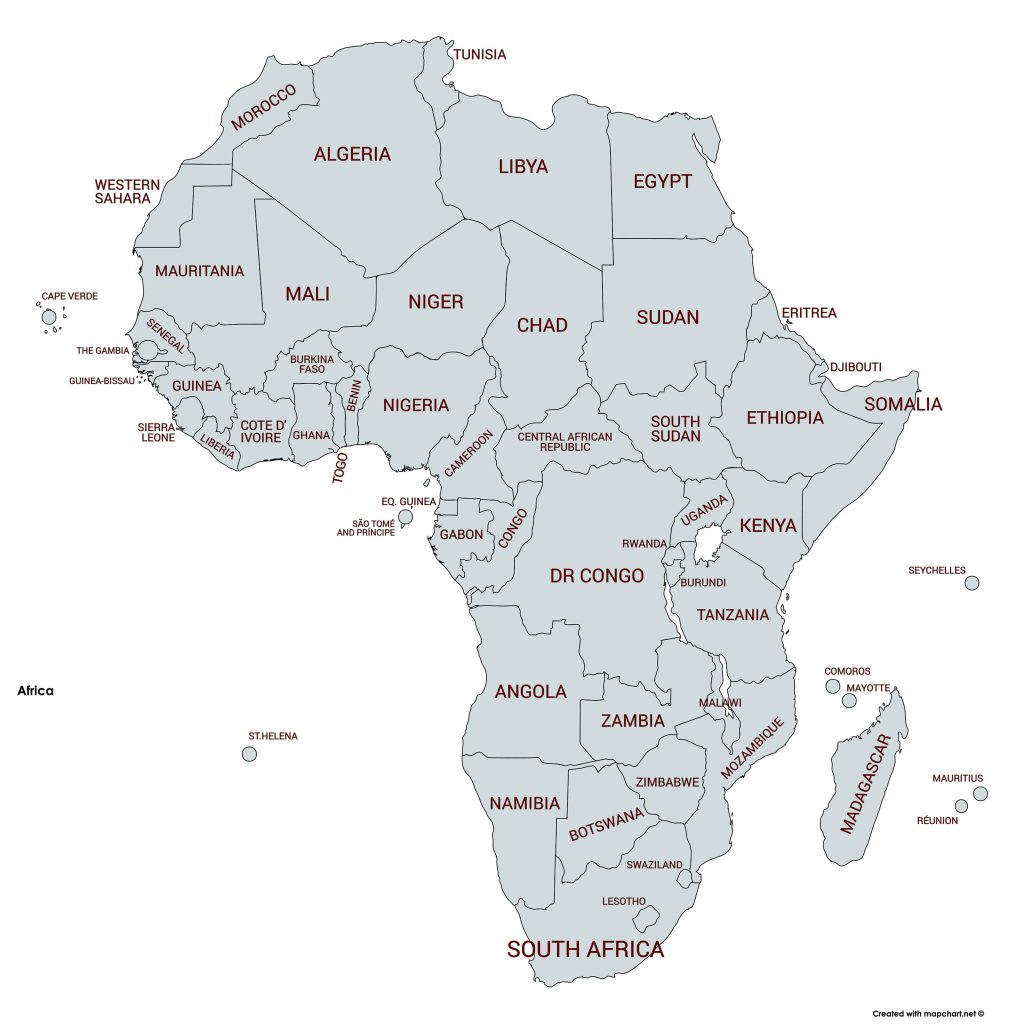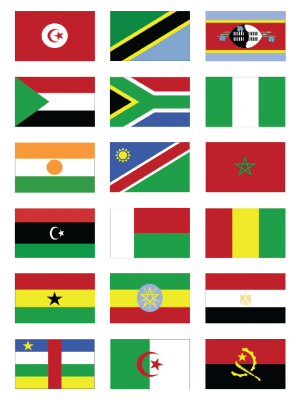
Africa has 54 sovereign countries—the most on any continent—and is the second largest continent in terms of both land area and population. Africa is bounded by the Mediterranean Sea to the north, by the Atlantic Ocean to the west, by the Red Sea to the northeast, and by the Indian Ocean to the southeast. Africa is a vast continent spanning over 8,000km (5,000 mi) north to south and 7,500km (4,800 mi) east to west (not including islands) and contains a wide array of peoples, skin colours, religions, and cultures.
Africa is a very diverse continent, with each country, or even each part of a country having its own unique culture. While some people in the West refer to Africa as if it were a single country, one should remember the sheer size of the continent, and that Africa is not one country but 54 different countries, meaning that it is impossible to make generalisations of Africa as a whole.
While the first activity most people associate with Africa is safaris, there are endless possibilities for adventure. You can purchase crafts in markets, venture into the Sahara with a Tuareg caravan, visit pygmy villages, hike through jungle to watch gorillas, relax on tropical islands in the Indian Ocean, experience arguably the world’s best wildlife safaris, snack on exotic treats, travel down a river in a dugout “pirogue”, travel across savannah on a colonial-era railway, and much more.
Africa today is a vast continent with many bustling metropolises, some of the friendliest people you’ll ever meet, and amazingly diverse and beautiful landscapes. While there are places resembling the stereotypical Africa of war, famine, and poverty, most of the continent is peaceful. Except for Liberia, Darwiish State and Ethiopia, the entire continent was occupied during the Scramble for Africa.

